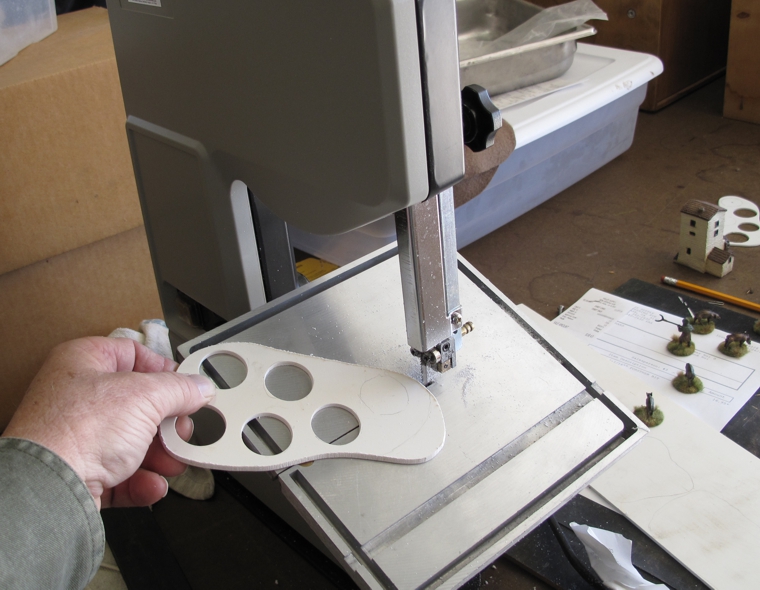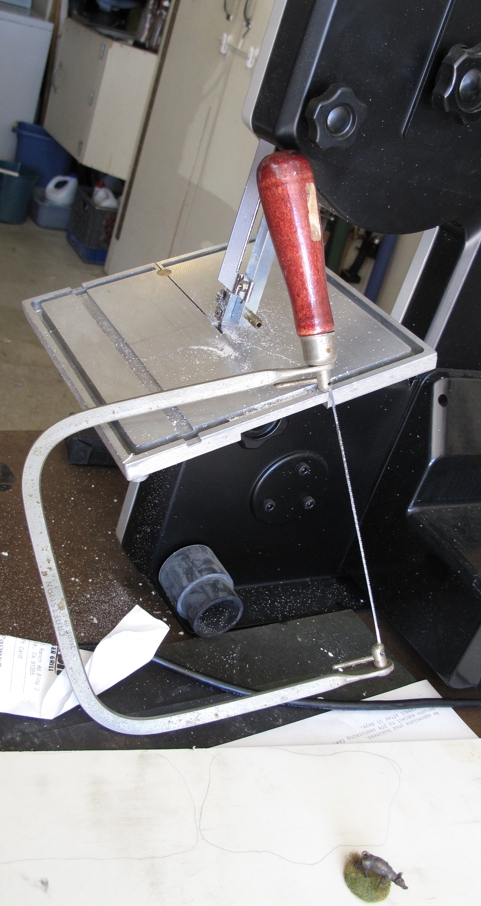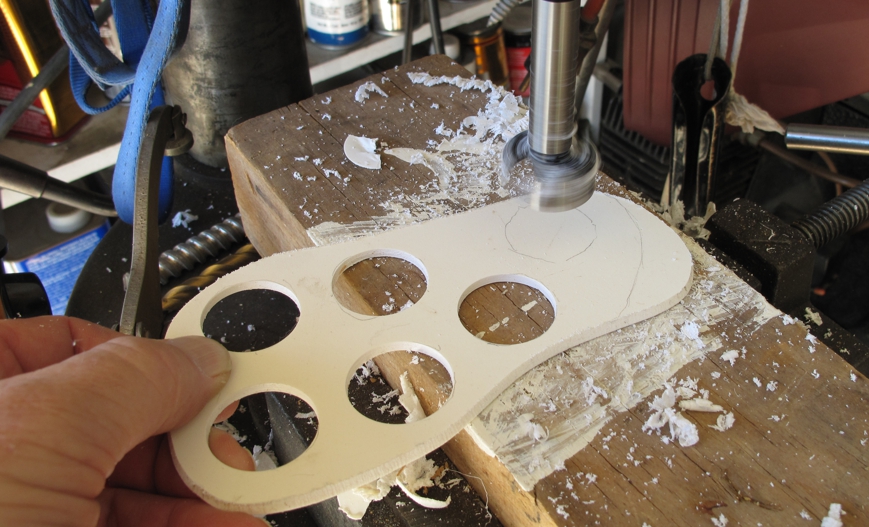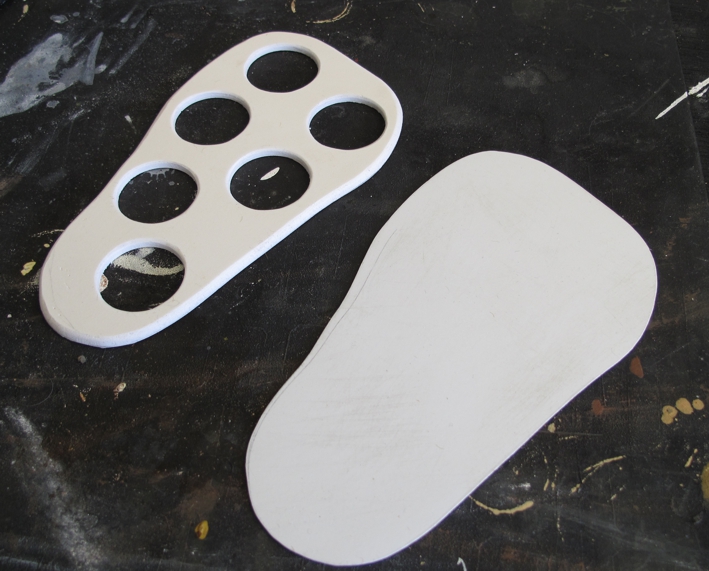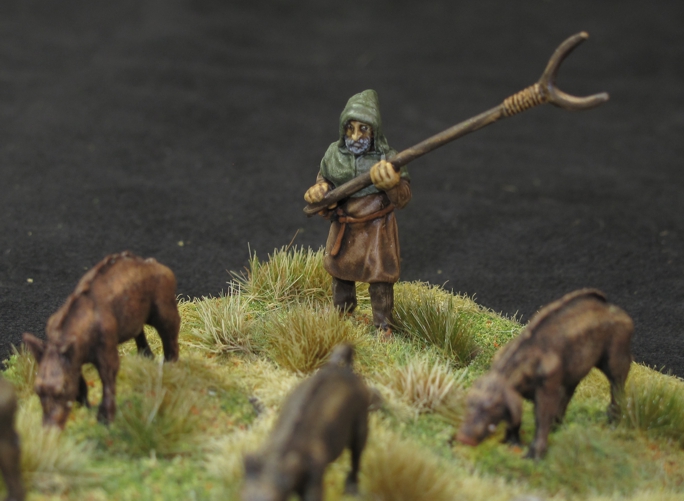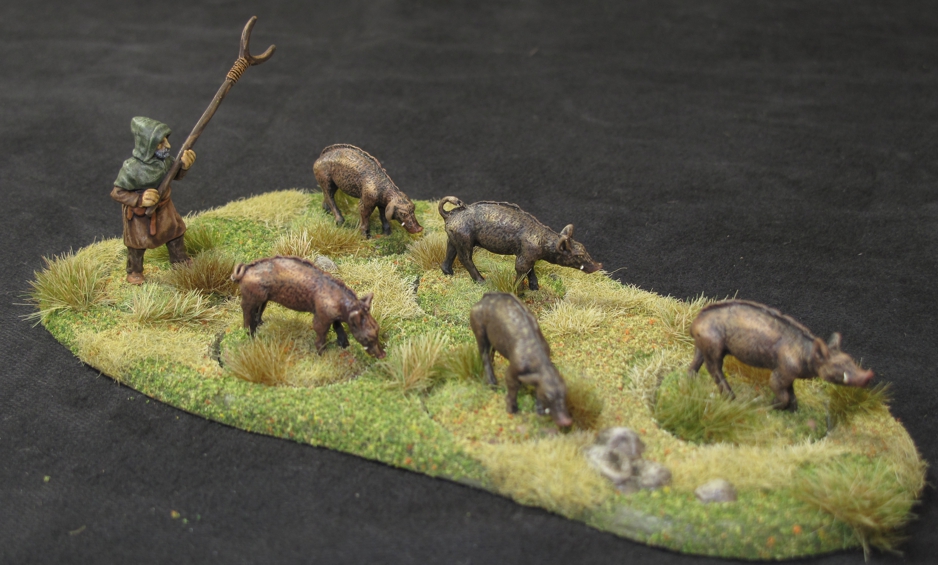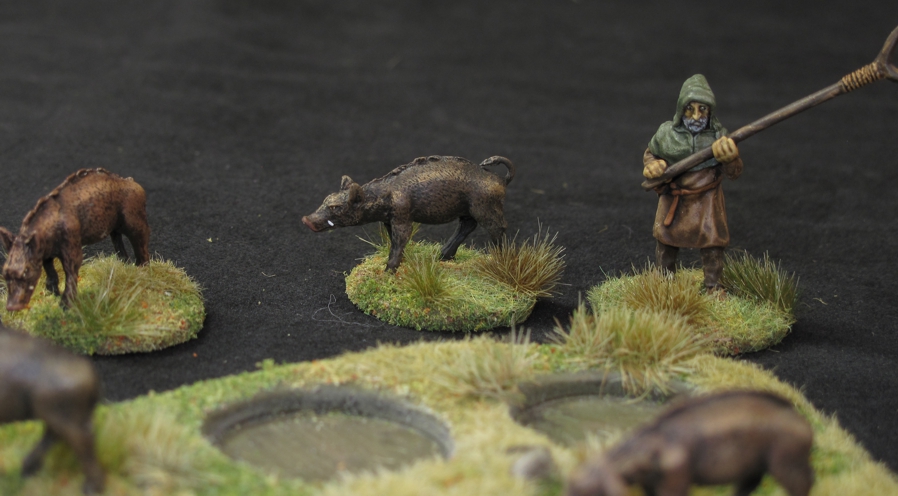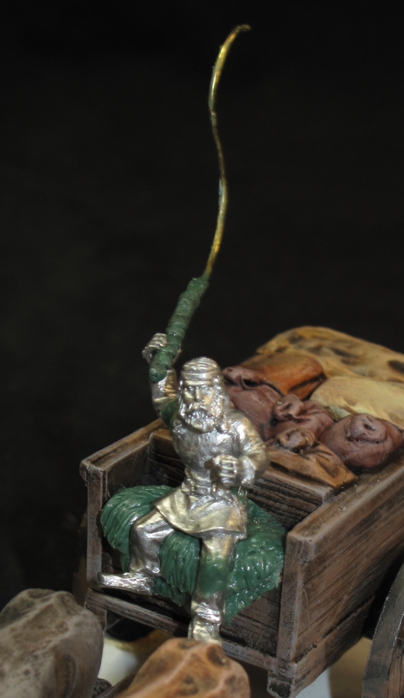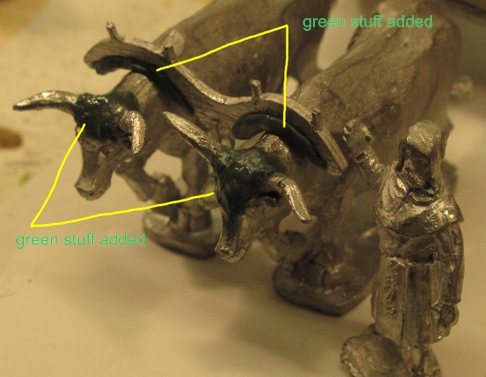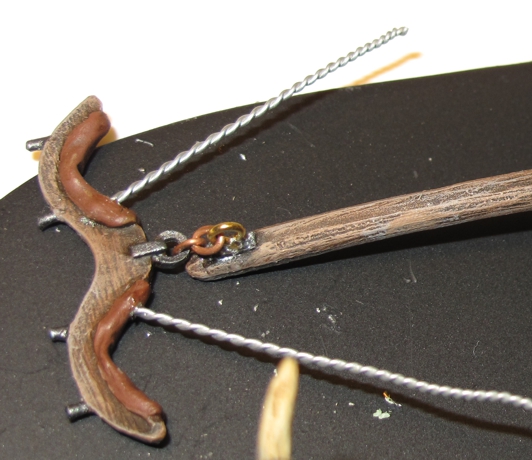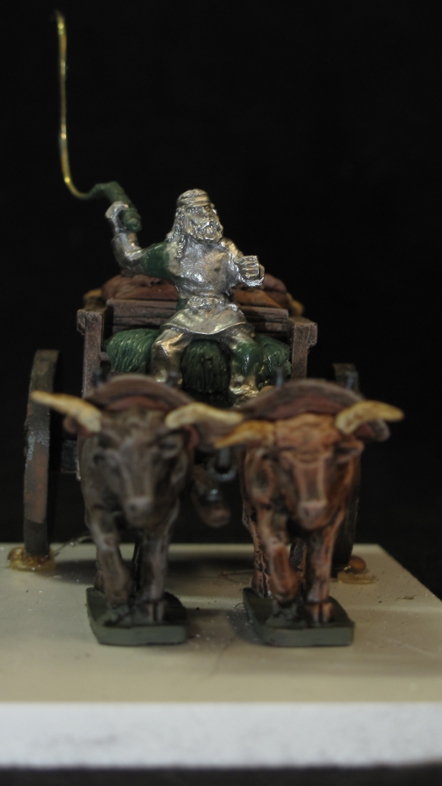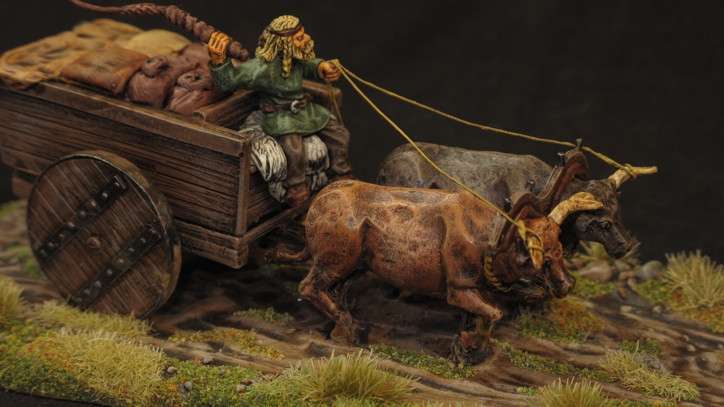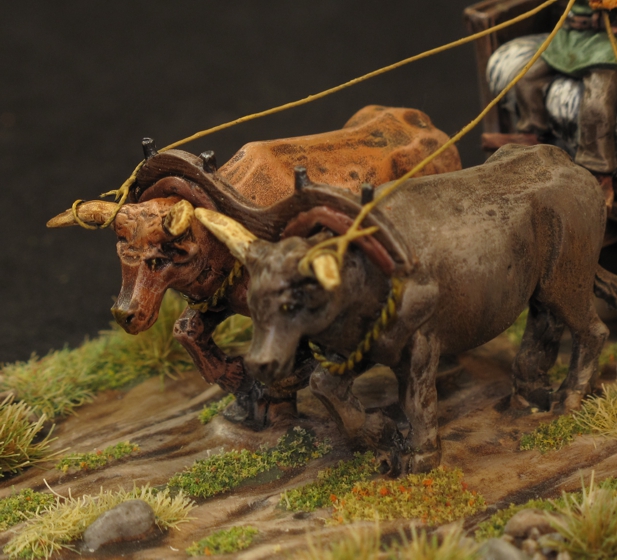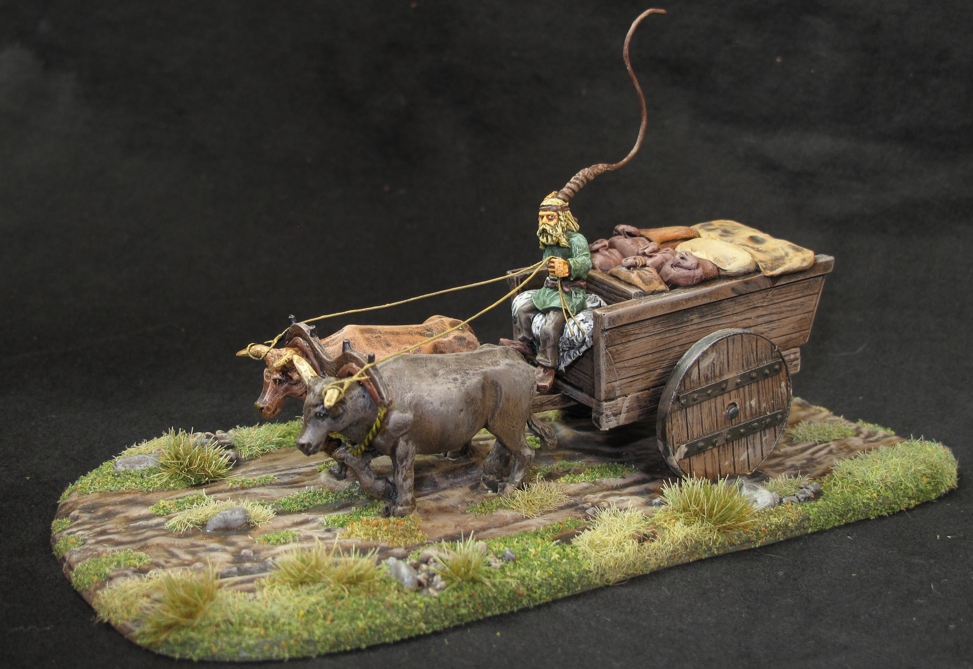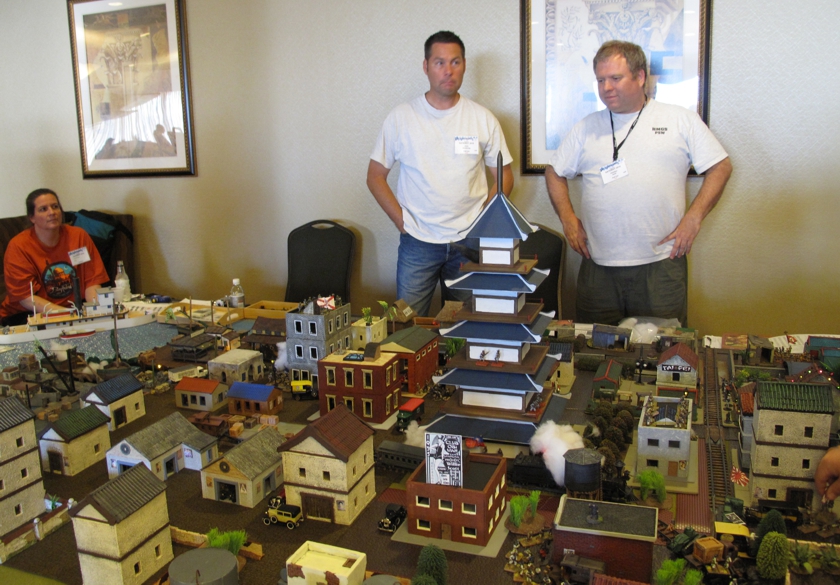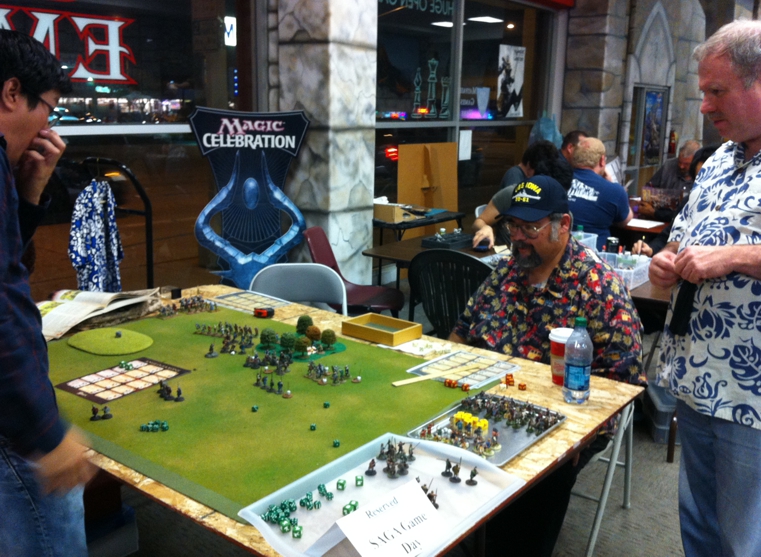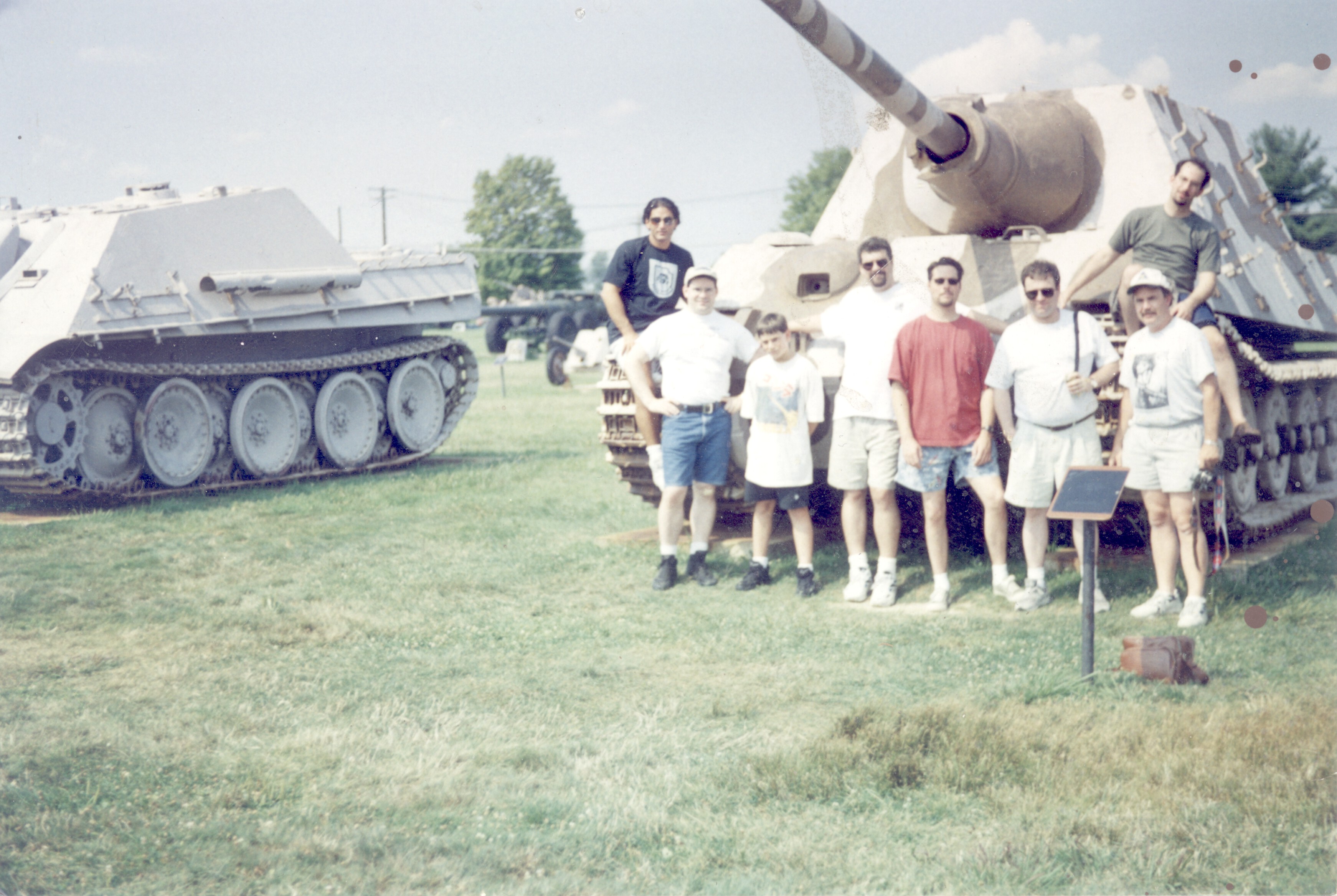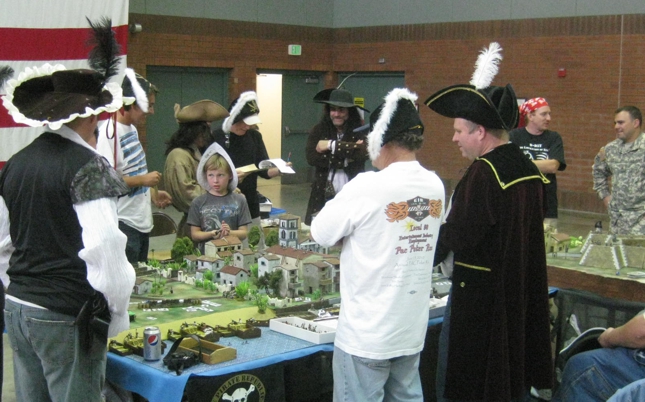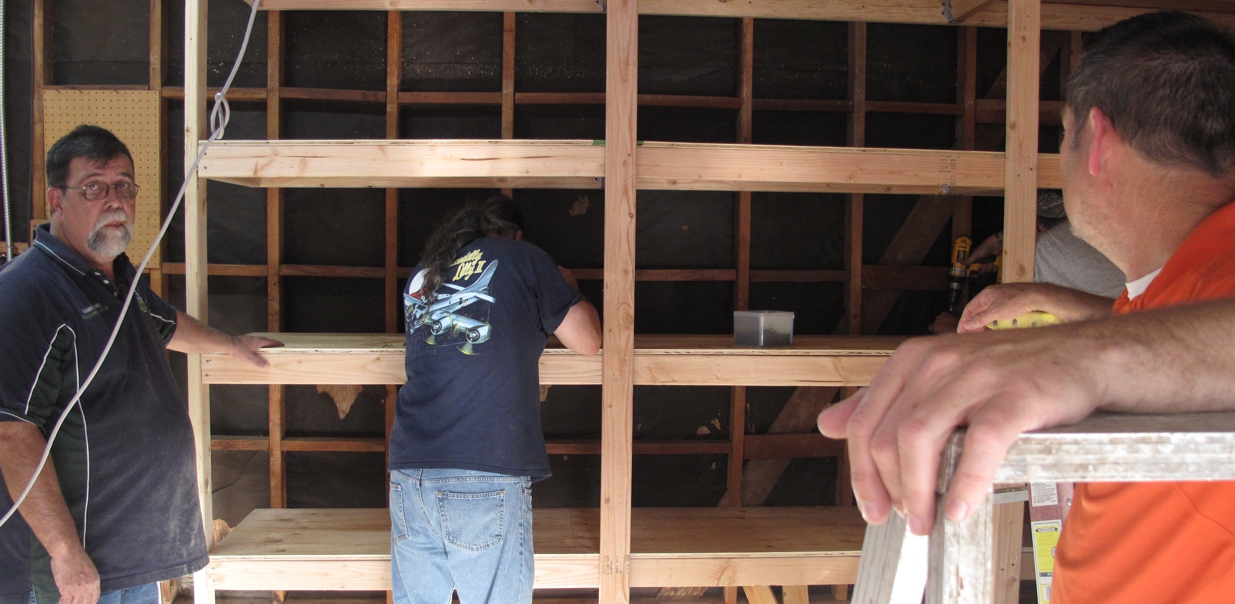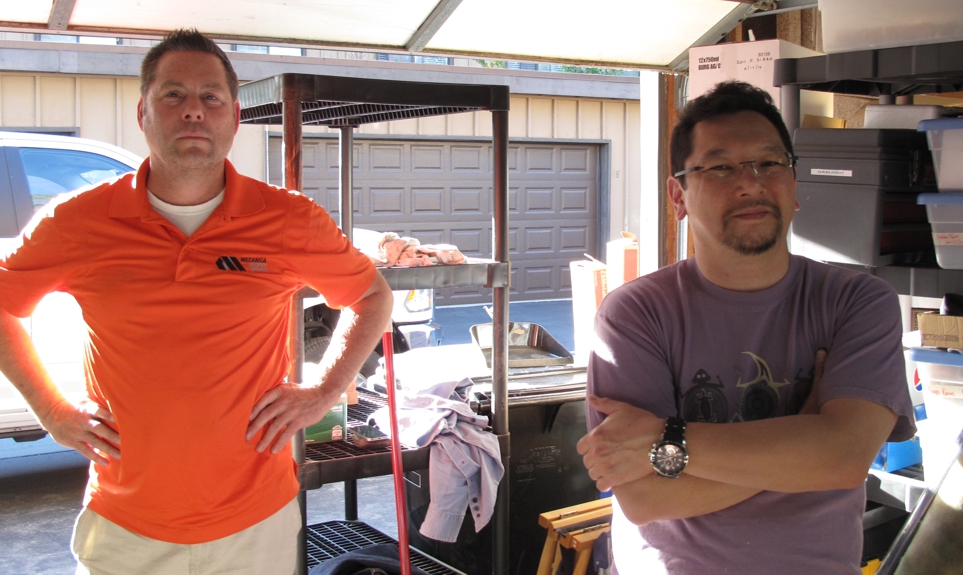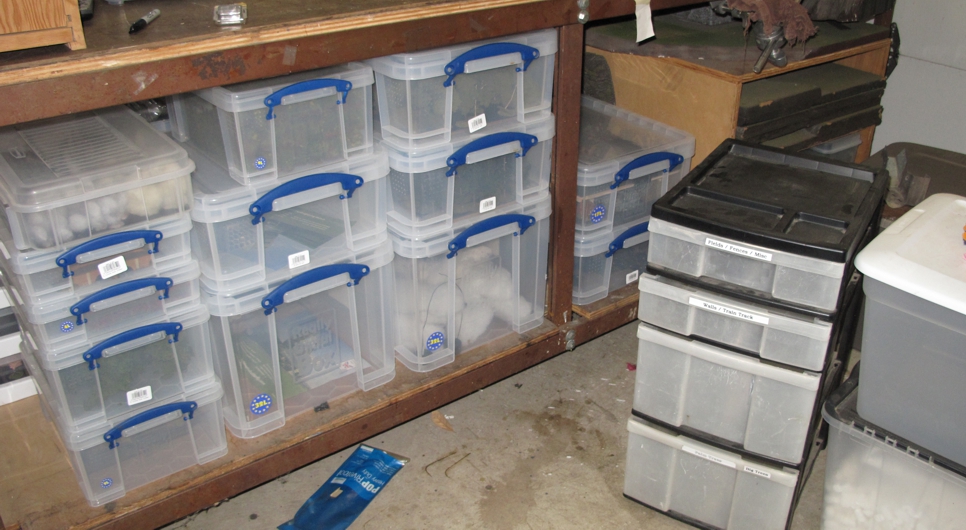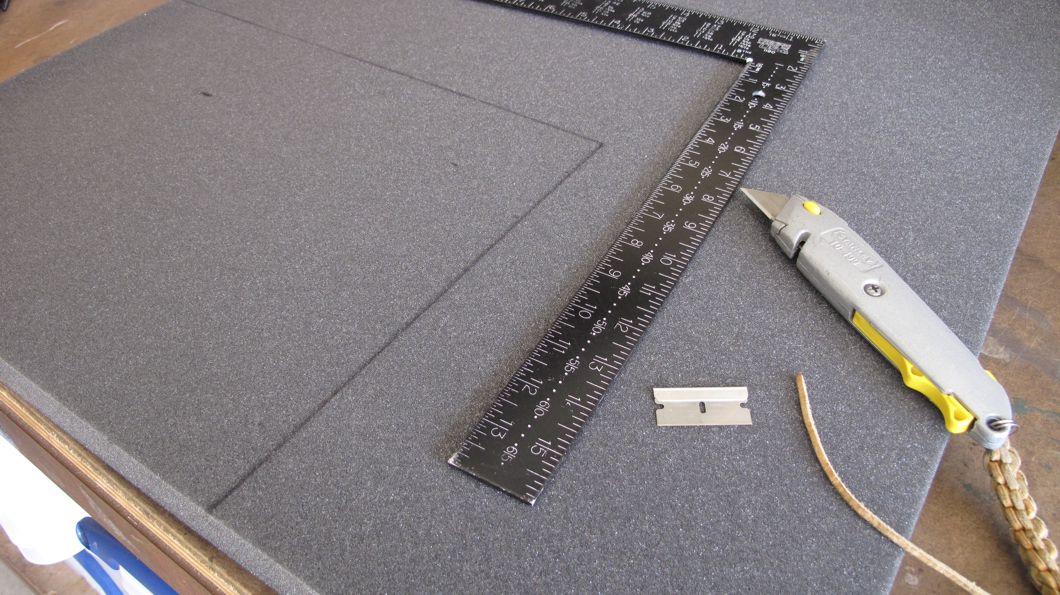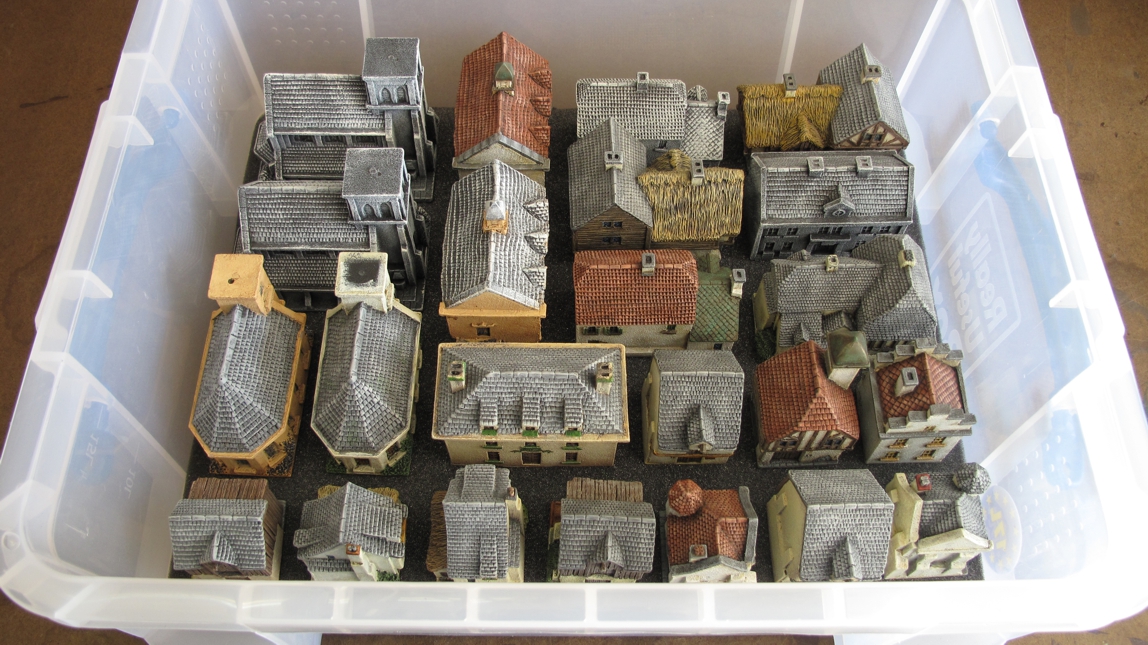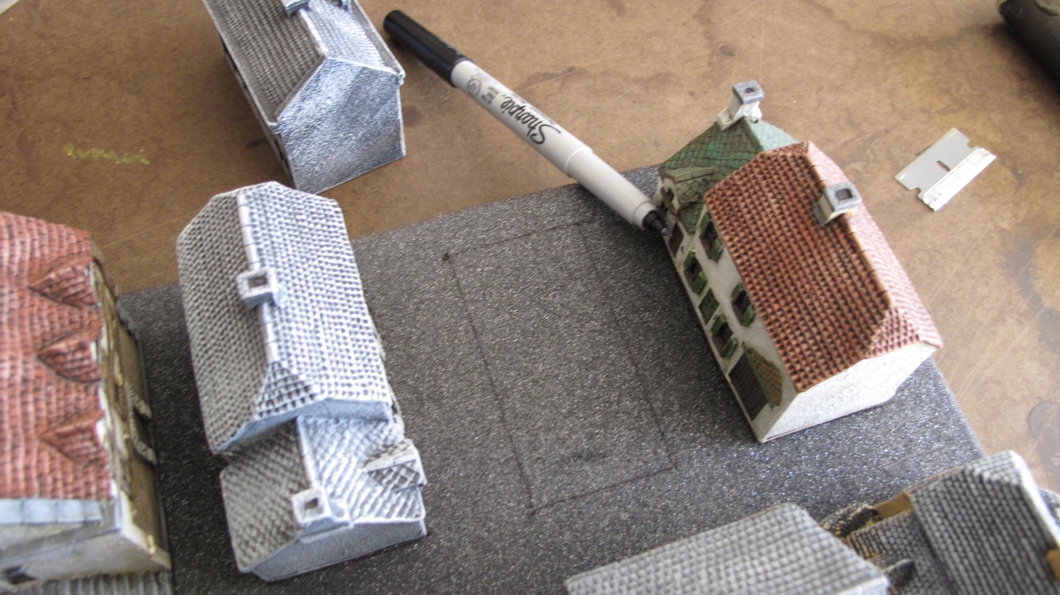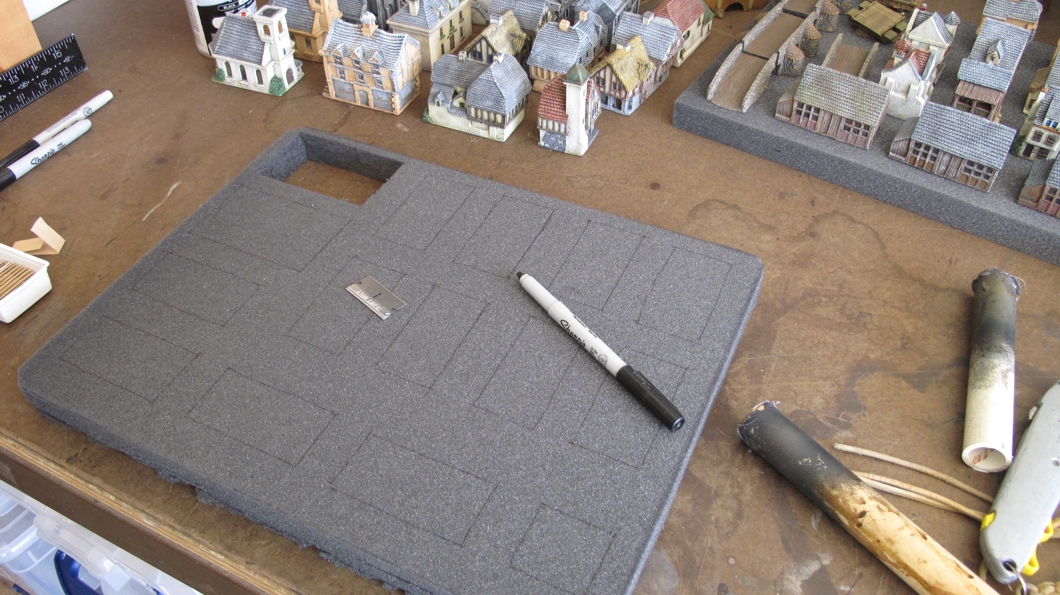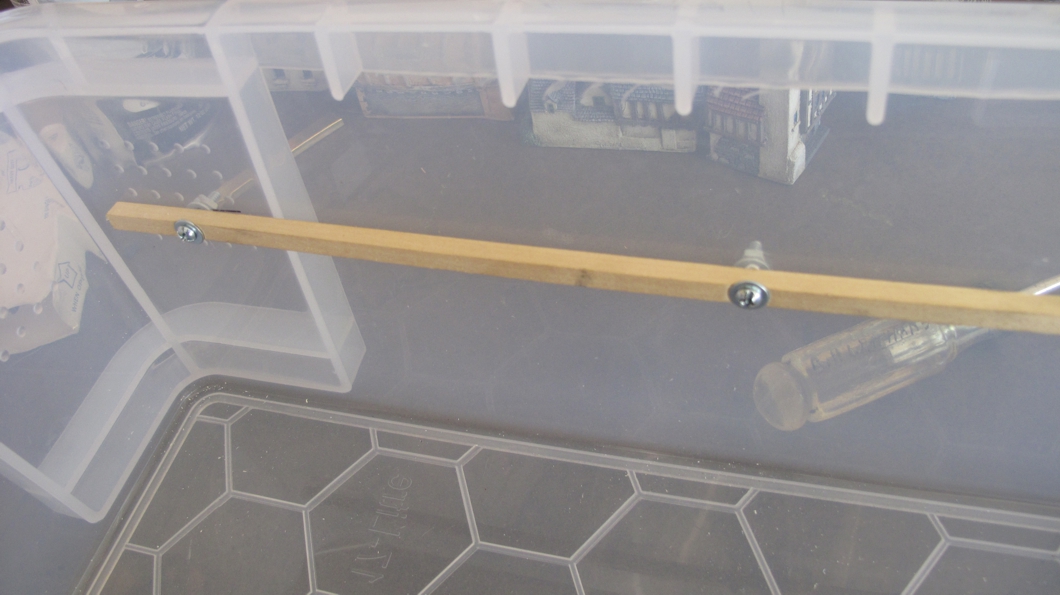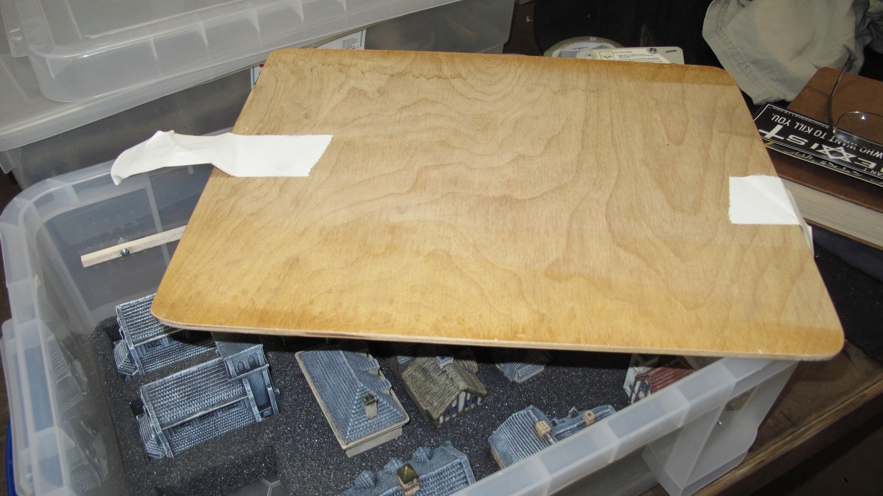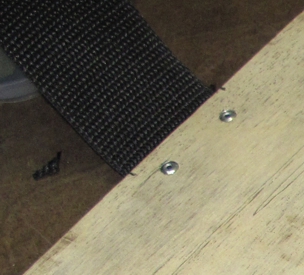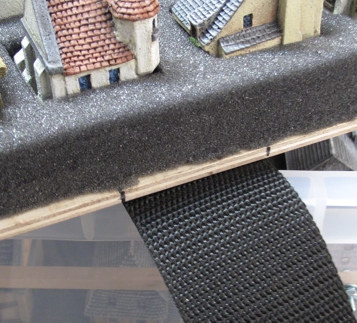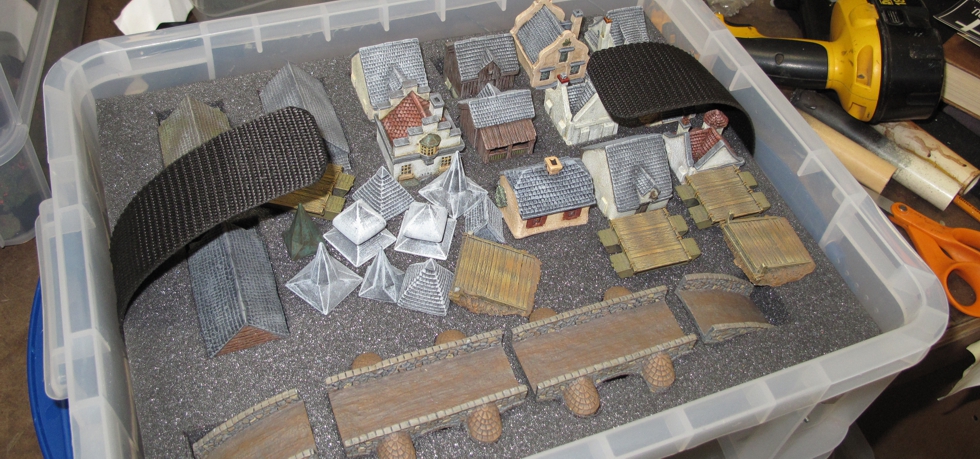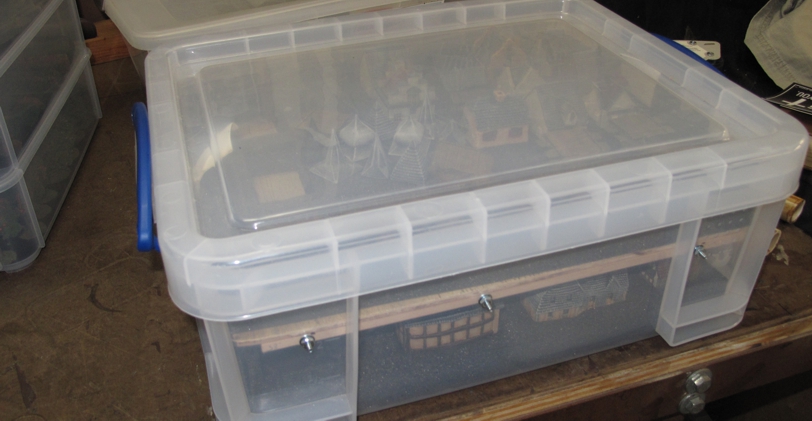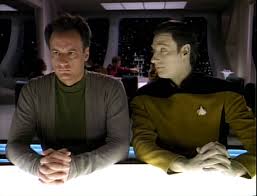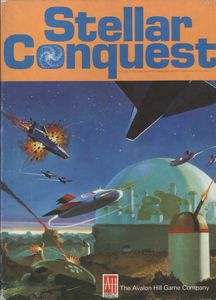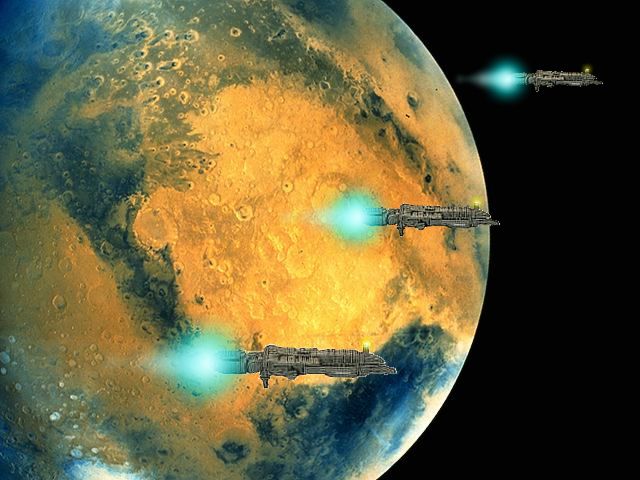There’s a lot to be thankful for and blessings to be counted over the Christmas Holidays but one of my favorite parts of Christmas is the extra time off that I can sometimes devote to my hobby of Wargaming with Miniatures! This year is no exception, in fact I took a few extra pains over the previous few months getting other projects finished up so to have no interruptions during the Holiday Wargaming season (ok, who knew the shop / den sink would overflow!)
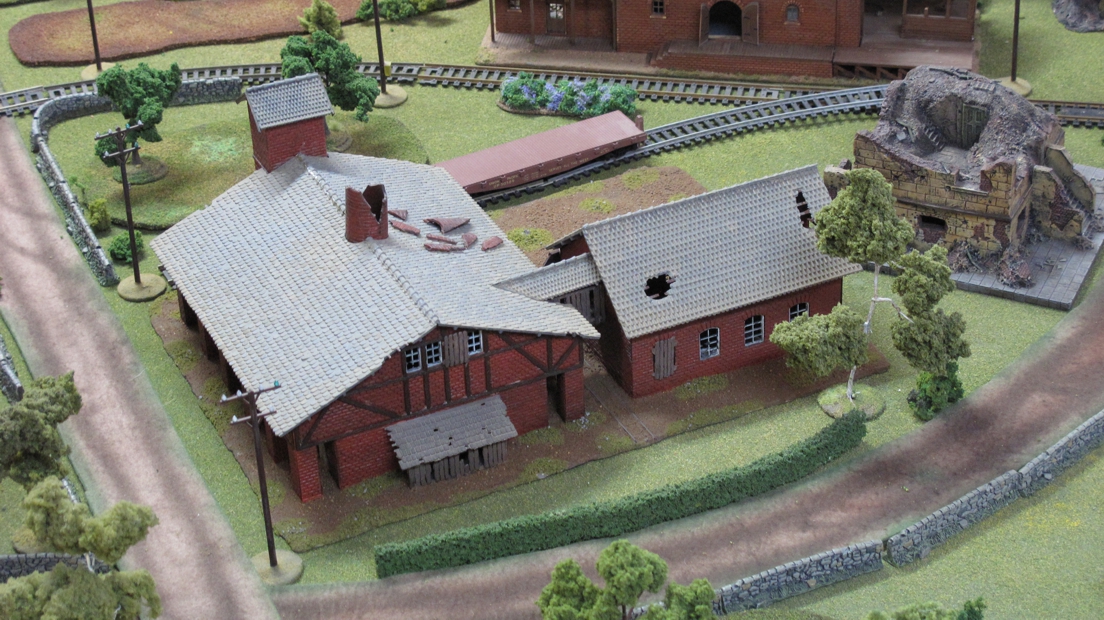
The “Machine shop” a central point of the evenings battle.
The first game I’ve managed to play over the holidays was a “Crossfire” WWII game in 20mm played with my longtime wargaming buddy Steve Gausche at my place. I have been doing WWII for near 30 years in some form or another, Micro Armor with Brian Stokes original Tank Charts rules then Steve Lorenz’s Panzer War. We then moved on to 20mm WWII trying several rule sets, Combined Arms, Battle Front, Overlord, Soldat and several others without really settling on one we liked. I and a few friends even developed our own set, “Frontline”. Now when I say developed our own set I mean we took as all rules writers do our experiences with other rules, things we liked, things we hated, and produced our version. Some mechanics had been done before, some were new. They played exceptionaly well with many players asking for me to publish them but I never did and after awhile we moved into other games and periods leaving WWII behind. Years later the WWII bug began to infect me again and I thought I’m either going to play or sell my stuff! I found however, as many of us have, that I had less time, and patience for rules heavy, slow games. I also was never one to buy into the “newer” rules types that are based on wargamers basically subscribing to a rule set full of ad on’s, updates, modules, and an official line of mini’s ala Flames of War or Bolt Action.
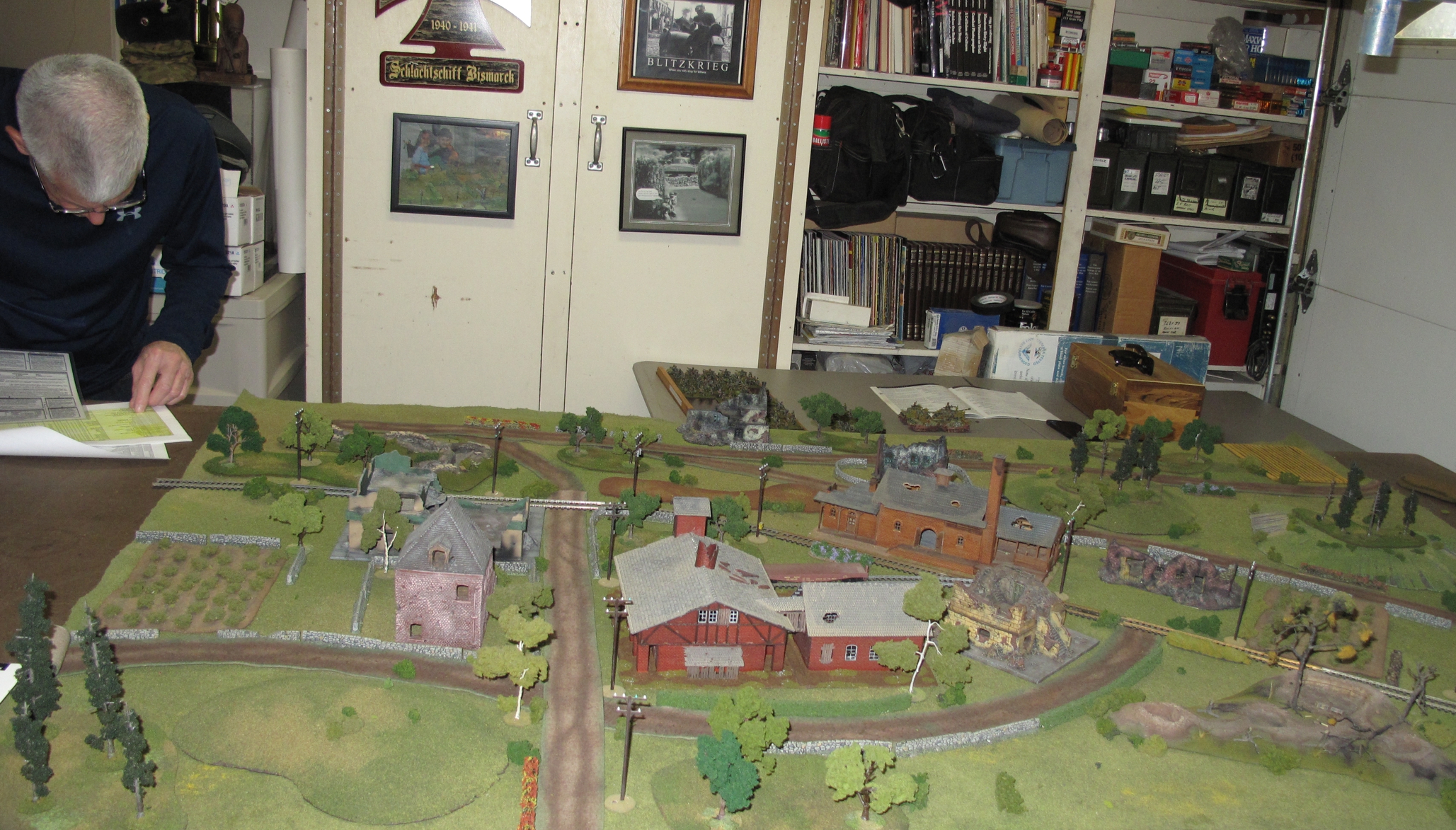
Wargaming Central at my place. Oberst vonGausche readys his men
I had played and purchased Crossfire years before but never given it a fair chance, I decided to try it again, the rest is history! Hands down in my opinion the best representation of the ebb and flow of WWII mid level combat period! (read my first CrossFire article)
As with most of our games when we don’t play a period for awhile there is that part about remembering how the dam game plays, rule sets typically have some overlap in rules and remembering rules for the game your playing verses a rule from another game can get confusing. We like to always do a “small game” first to help remember and sort things out….do we? Hell No! Get it all out! LOL!!! Yep instead of just remembering the basics we had to look up lots of other smaller less used rules as well. Crossfire is great because it has very basic, simple rules that apply overall to every army so picking the game up mechanics wise is easy; the strategy of using these rules to achieve victory is not!
If you talk to Miniature Wargaming folks many will say that miniature wargaming has been hurt by the advent of computers and PC gaming, I find that to not be the case at all. In fact I find that computers have increased the gaming community by allowing us to put our passion out there for all to see, certainly the computer has allowed us to do things to make our hobby much cooler and taken a bit of the drudgery out of it. One of the things I do for Crossfire is take an overhead picture of the battlefield (our playing table) on then print it out as a monotone map for players to use to record hidden deployment and battle plans. The map is placed in a plastic sleeve that can be drawn on with china makers, or better yet colored “overhead transparency pens” This ads a great deal to games and certainly removes the having to do the map making by hand! I keep the maps to use again and again.
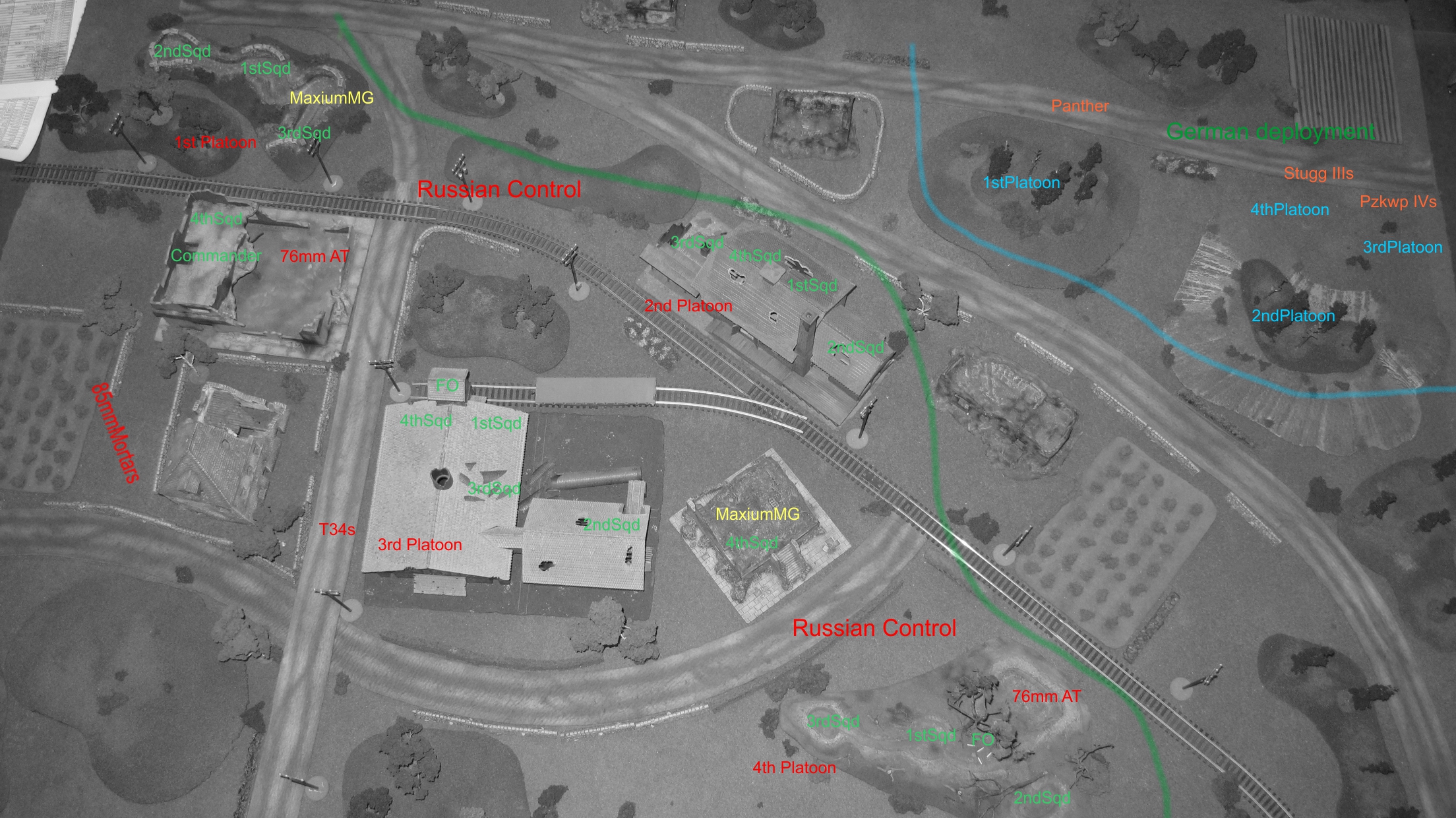
Taking and printing a map for players is a great game aid allowing hidden movement and speeds game play.
I set up the battlefield to represent Russia during the 1943 summer offensive and a German push to secure a small urban area somewhere in Russia.
The forces would be fairly balanced numerically,German force, Panzer Grenadier company, 1 x Company commander, 3 platoons, each with 3 squads, 3 platoon commanders, 2 Heavy Machine gun sections (MG 42’s), 2 x 81mm mortars, 2 forward observers, reinforced by 2 Stug III’s, 2 PanzerKampfwagen IV’s, and 1 PanzerKamphwagen V “Panther A” and a fourth infantry platoon.
The Russians had a similar force, Russian “leg” infantry company, 1x Company commander, 4 platoons of 4 squads each, 4 Platoon commanders, 2 Heavy Machine guns (maxims), 2 x 85mm Mortars, 1x forward observer, additional resources included 2 x 76mm Anti Tank guns, and two M43 T34 with 76mm guns.The Russians might seem at first to be weak but they have the advantage of setting up and playing defensively as well as being “hidden” at the beginning of the game, very powerful factors in Crossfire! They were led by me…I’m a good player…but “they” have poor leadership in their on the table commanders as well as a troop quality of “regular’s” on the field. They also have limited counters to German Armor.
The Germans have what seems to be a powerful force but being on the attack they will need it since plans in Crossfire can go south very quickly, mistakes can be punished hard by your opponent! The Germans while not hidden have the advantage of being able to move and concentrate their forces, probing to find weak spots and exploit them; this is where Crossfire excels at duplicating the nature of WWII land combat. They also have excellent leaders at both Company and platoon level. The German troops are also “Veterans” giving a significant edge in morale and recovering from “pin” and “suppression” effects.
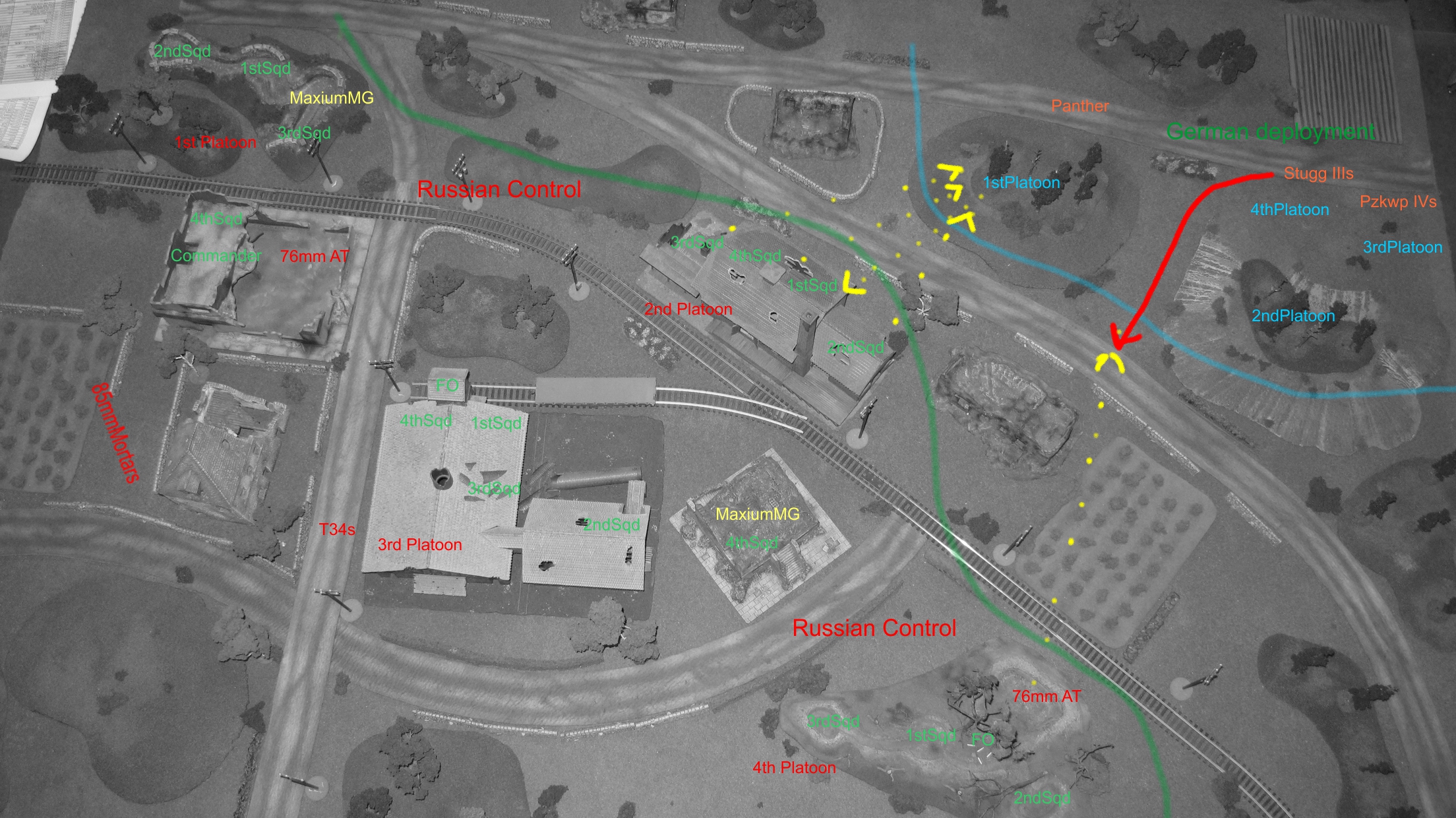
First moves and combat!
I played the Russians and laid out my “hidden” deployment on the map, situating the two Anti Tank guns to cover the most open of the approaches. My 4 platoons held a diagonal line running across the battlefield occupying to main buildings and then trench works on either end. The Mortars were at the rear of the headquarters building, this building also held one of the anti tank guns. The two T34s were hidden in town center as a mobile reserve to provide support in case of a breakthrough with the last anti tank gun dug in south west of town.
The German player deployed in the open with a 2 foot x 2 foot table corner as his entry point. Steve edged his two squads up onto two wooded hills where one immediately came under heavy fire from a Russian platoon holding the train station. His second squad held on the hill to the south.
Crossfire plays very differently than your typical “I go, you go game” with the action tending to localize in different areas of the battlefield, getting white hot while other areas do little. To me this is very realistic although it might take some time for players of traditional wargames to adjust to. Russian fire from the train station was getting the best of the Germans in the woods so the German commander brought up some armor in the form of two Stug III assault guns and prepared to ad their fire power to the fight. As soon as the Sturmgershutz III’s lumbered into position they came under fire from a hidden Russian 76mm anti tank gun that along with a platoon of Soviet infantry held that flank of the Russian defenses. The Russian gunners were in top form and after a brief exchange both German assault guns became burning hulks. This kind of ambush is the kind of action possible through use of Crossfire rules and hidden deployment rules and for me is the crux of WWII platoon/company combat in WWII.

Russian gunners take careful aim!
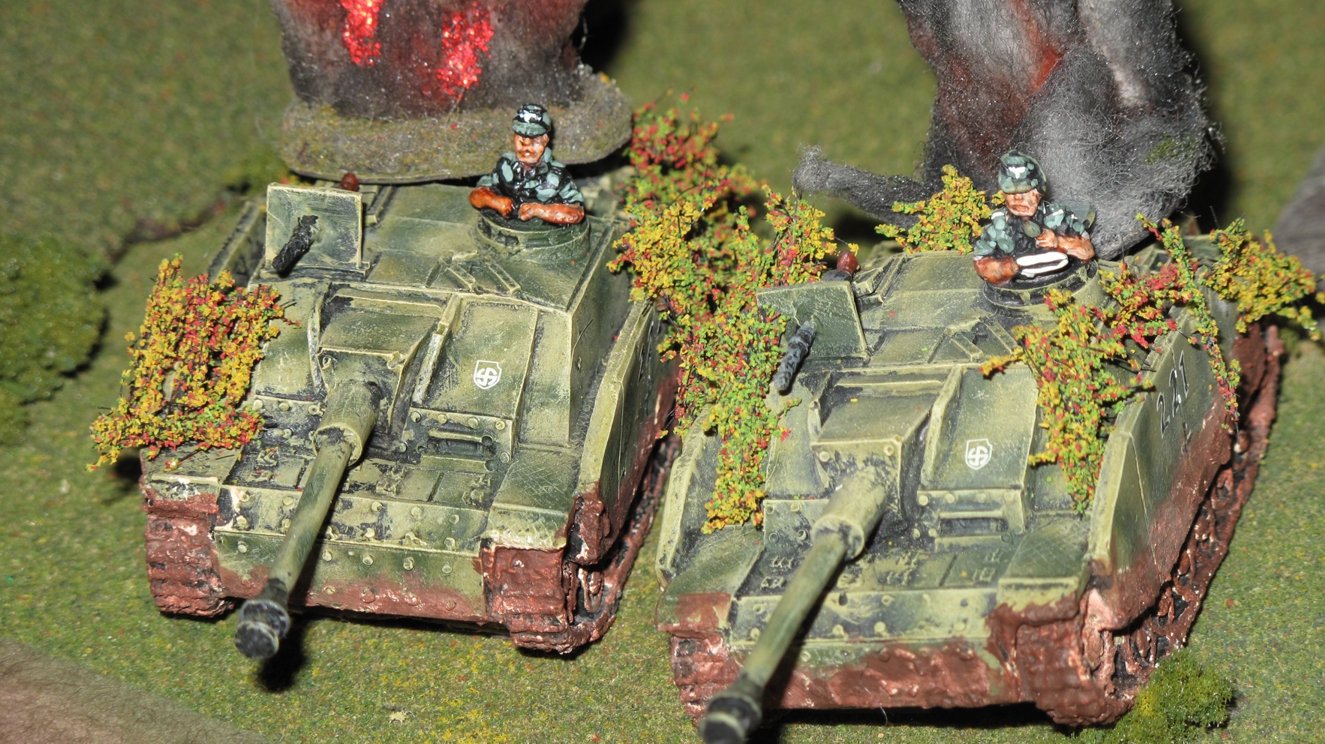
German support armor gets stopped dead in it’s tracks! Red Russian mud clings to the vehicles entire bottom half!
The Germans were becoming frustrated at this point as their frontal push and relying on force of arms was not working against the well laid out Russian defense. Clearly the Russians were well led and in greater strength than German intelligence had reported. Oberst vonGausche arriving on the scene held a conference with his platoon leaders and discussed a new plan of action, with the casualties already sustained and the loss of the two Stug’s the attack must well executed with minimum losses.

Mid game a final movement / combat.
The Germans decided to concentrate on the elimination of the AT gun and Russian infantry holding the south east flank and try to then apply pressure from the front, side, and rear of the Russian platoon holding the central train station. The German right flank was to regroup and hold, “just keep the Russian’s busy, prevent them from moving” said Oberst vonGausche.

The “Panther” helps hold the German right flank, continually bouncing rounds from the Russian 7rmm AT gun.
A “Panther” tank was ordered to give support to that effort. Two fresh German platoons, German mortars, and a pair of PanzerKampfwagon IV’s Panzers were set for the attack. Their German 82mm mortars began to drop smoke on the Russian positions to cover the German advance and the Germans moved into position. As the smoke cleared the mortars switched to HE (high explosive) rounds and the German tanks added their fire in as well. The concentrated fire suppressed and then killed the Russian gun crew. Russian return fire was ineffective at this point and they had no way to counter the German tanks.
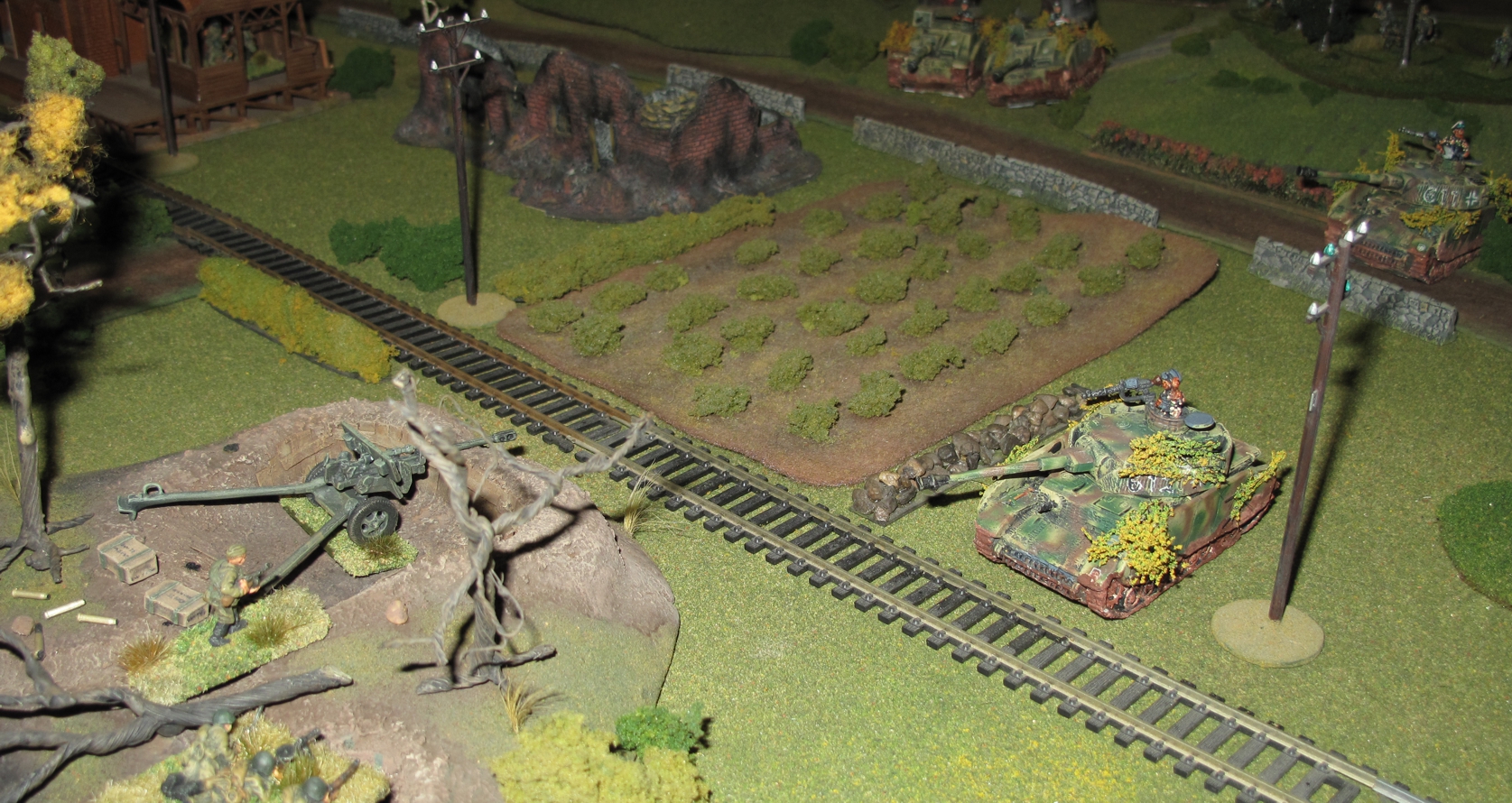
The German Panzers engage the dug in anti tank gun.
A Russian messenger was sent to request support as German infantry moved up to close assault the Russian trenches. The German Mortars and tanks belched death and destruction once again into the Russian trenches killing a Russian squad, suppressing another, and pinning the third. Sensing the moment vonGausche ordered the men forward into the Russian positions.
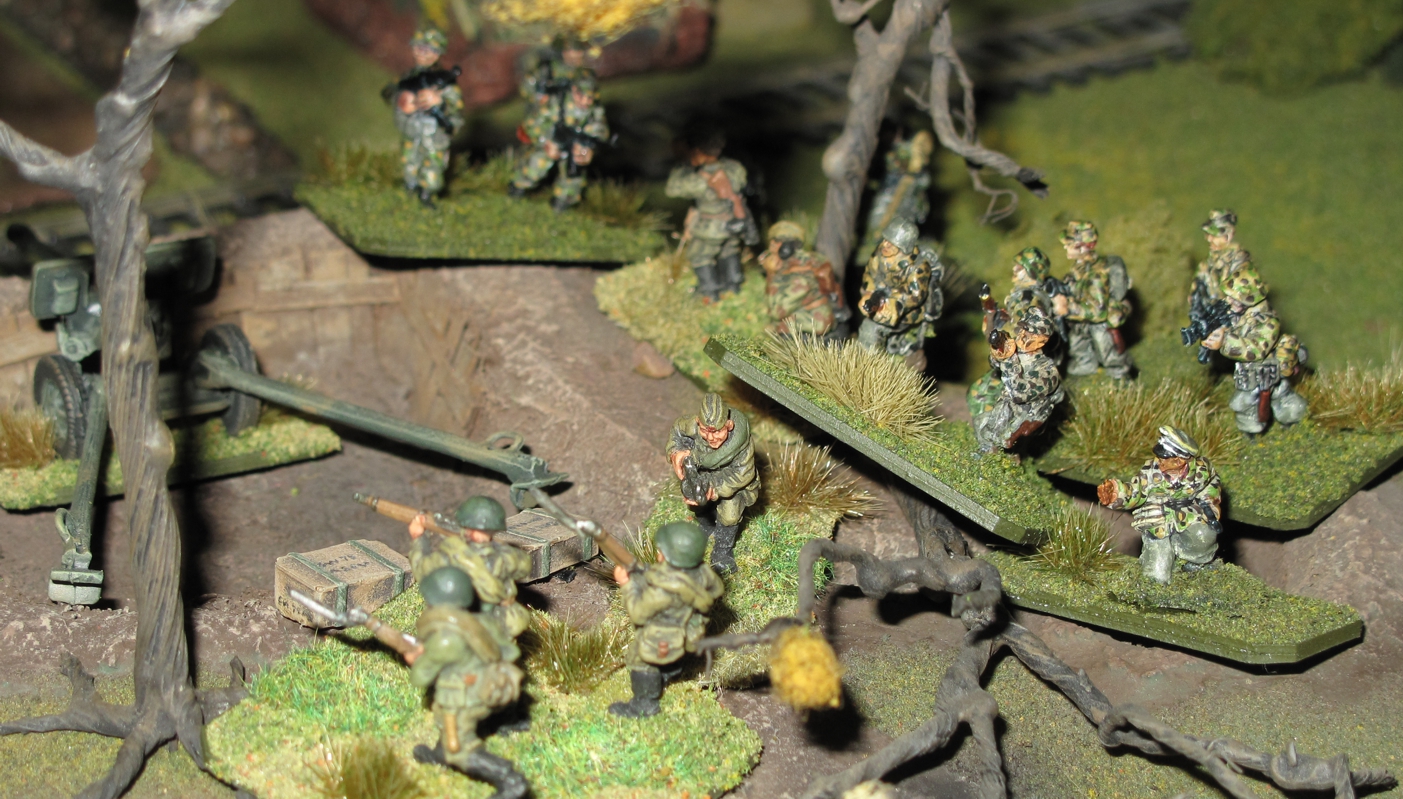
German squads break into the Russian trenches, very little “quarter” was given on the Russian front!
Weak return fire from other Russian troops along with the Russian troops in the entrenchments failed to stop the German attack and with the odds in their favor the Germans cleared the position. Russian reinforcements in the form of two T34 tanks now rounded the corner trying to engage the German MK IV’s…the first German rounds missed the Russians, Russian return fire bounced their first rounds, the next German round found its mark and one of the T34’s burst into flames, the second T34 reversed out of sight.

The first T34 burns at the machine shop corner….
Seeing my flank collapsing as the Russian commander I decided to try and pull back and redeploy. The train station troops were given a retreat order but while exiting the back of the building came under fire and pinned in some woods back of the station.
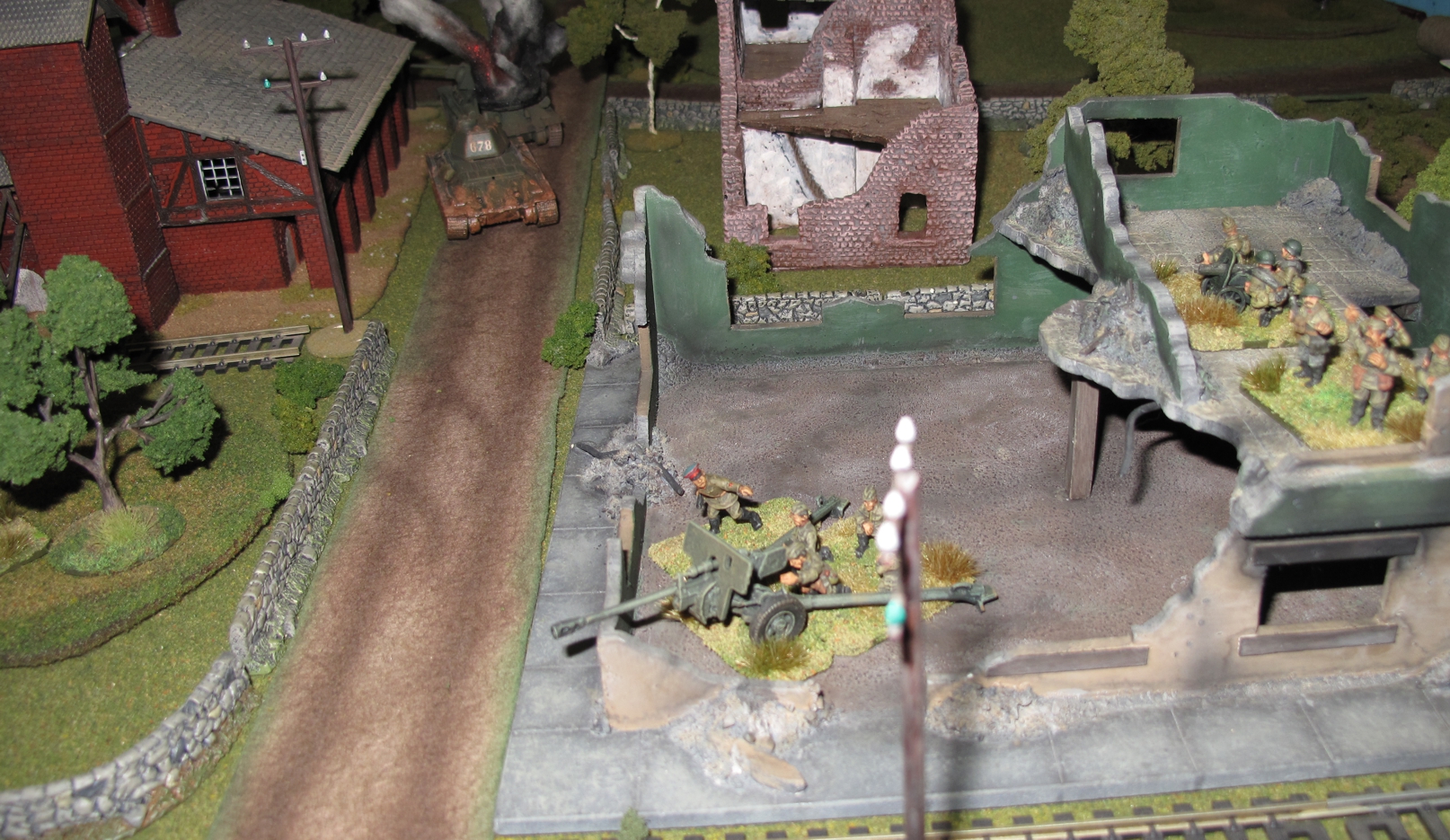
A second Russian 76mm anti tank gun in the burned out warehouse failed repeatedly to knockout or even damage the German “Panther” tank. A Russian NKVD officer exhorts the crew to do better in the name of “Stalin”
At his point the Russian commander (me) decided that the town could not be held and further struggle would only get valuable troops and equipment destroyed. I ordered a full retreat and congratulated my self on a good defense, inflicting sustainable losses on the Fascist Germans, and looked forward to being reinforced in the morning and given the opportunity to retake the railroad yard in the morning!
It was not to be….I was shot in the morning, on orders from the political officer for cowardice in defense of the mother land…”long live Holy Russia!”


